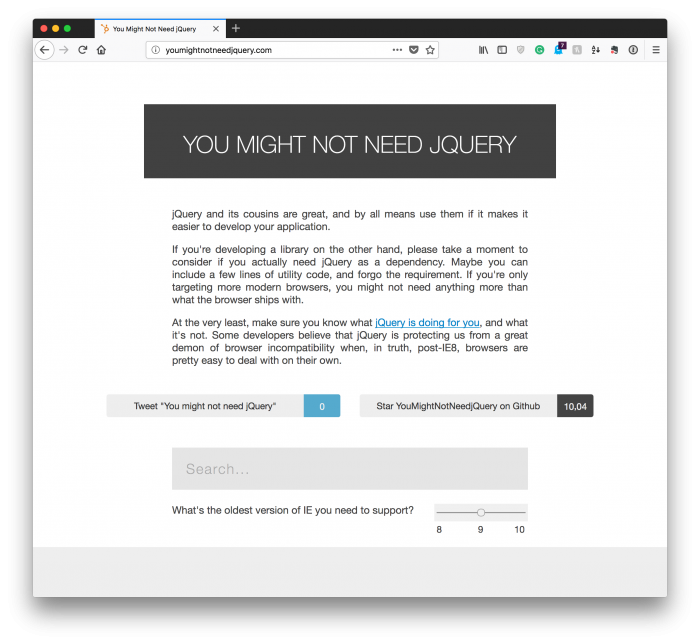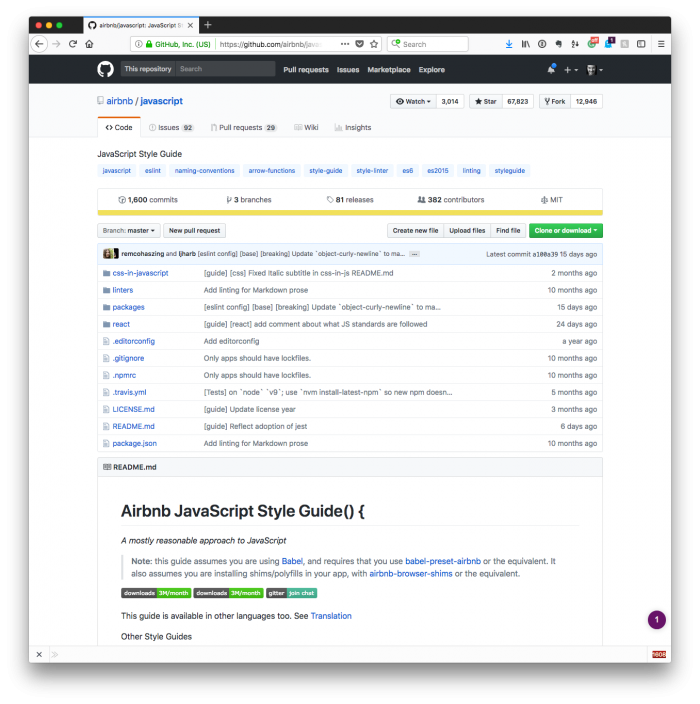Earlier this month, we began looking at installing PHPUnit in Visual Studio Code with the ultimate goal of learning how to write unit tests for our WordPress-based projects.
To that end, this post assumes that you’ve read the following posts and it assumes that you’ve caught up with a handful of previous posts:
- A WordPress Development Environment (Using a Package Manager)
- An IDE for WordPress Development
- Working with User Settings in Visual Studio Code
And, of course, installing PHPUnit in Visual Studio Code as linked above. Once that’s done, we’ll be ready to proceed. But one thing to keep in mind is that this will night be a traditional or a comprehensive course in writing unit tests.

Instead, it’s all about writing unit tests for WordPress projects.



